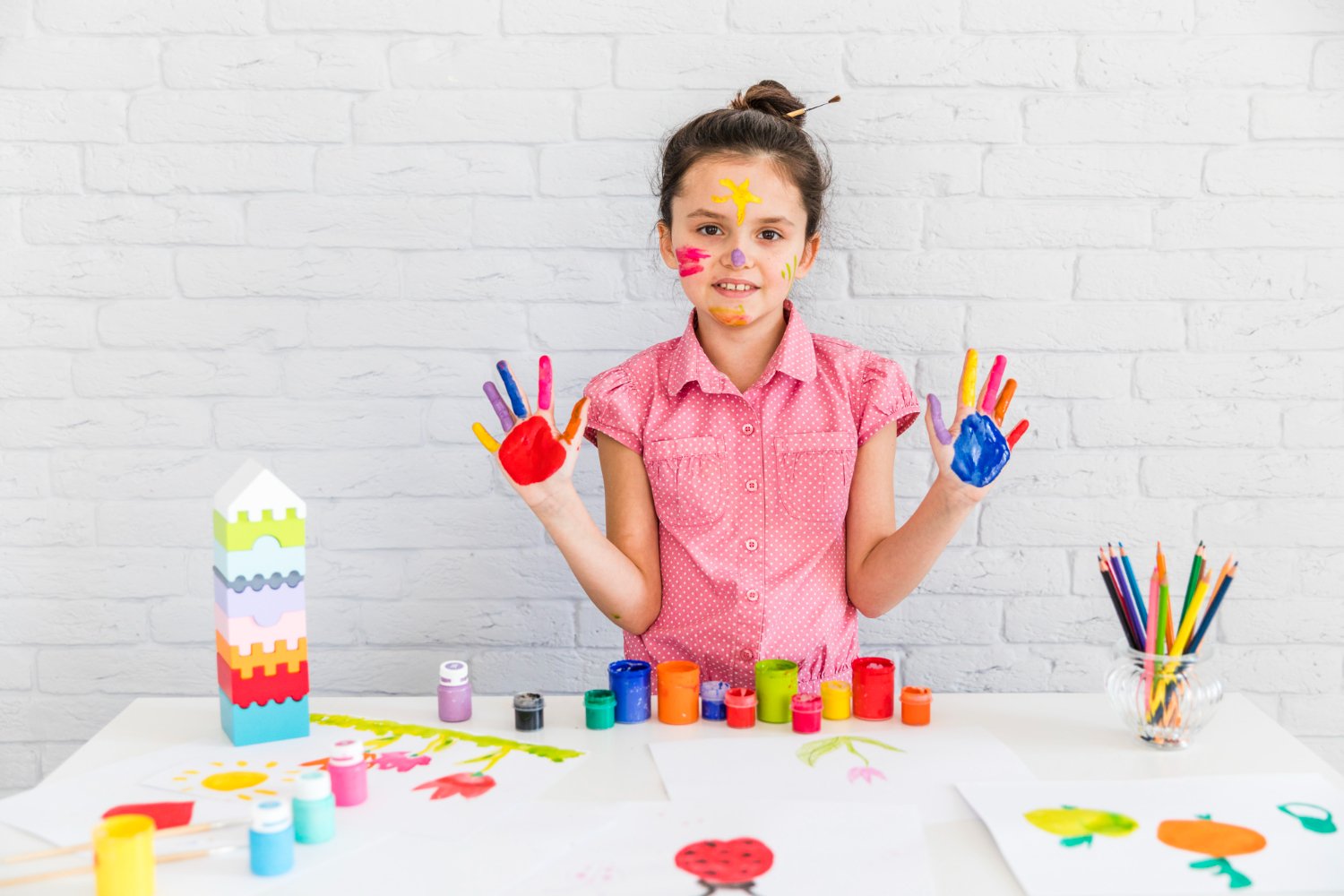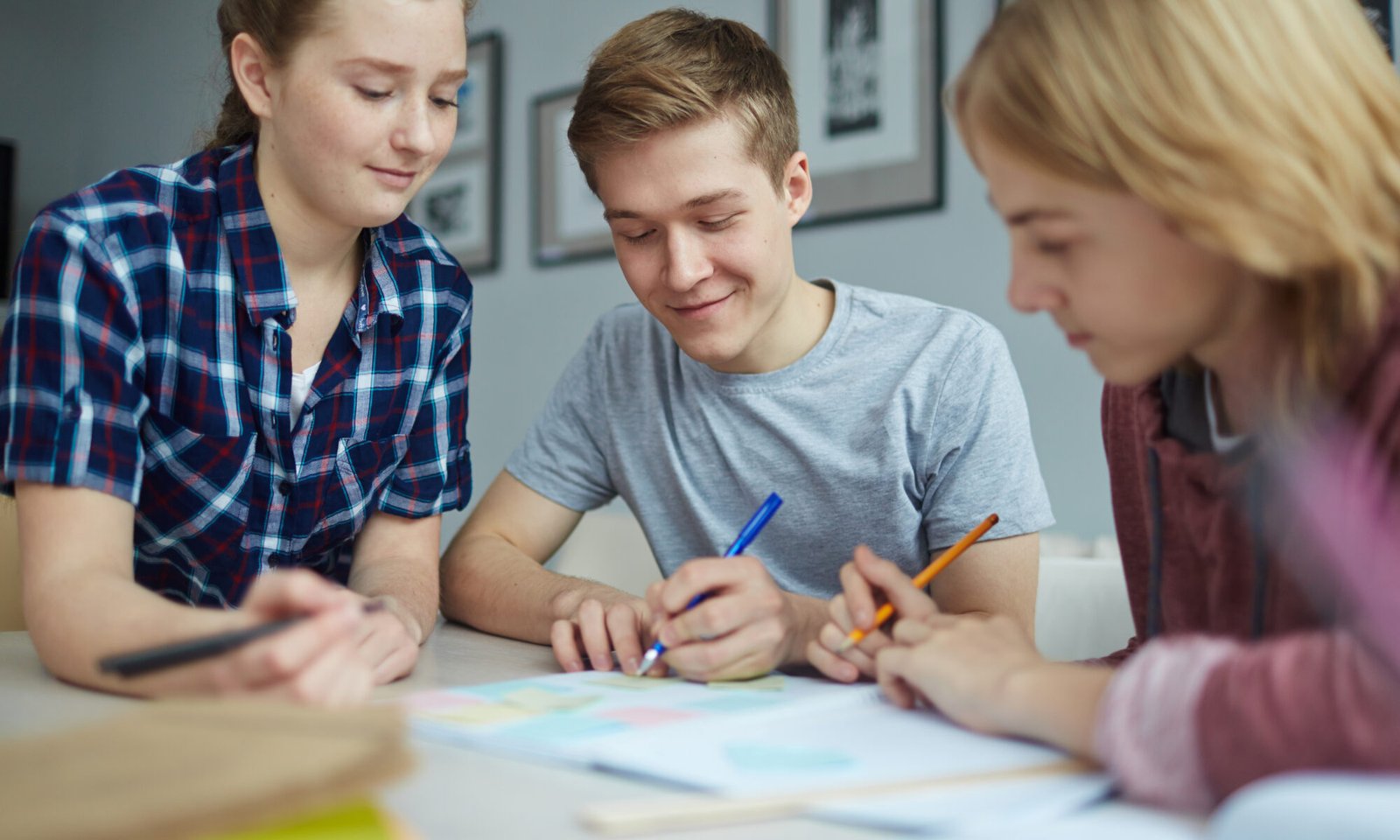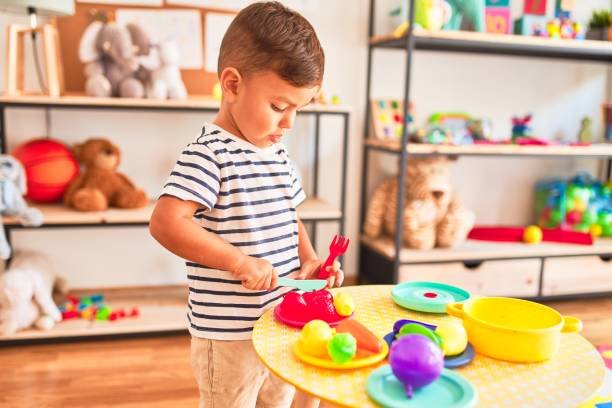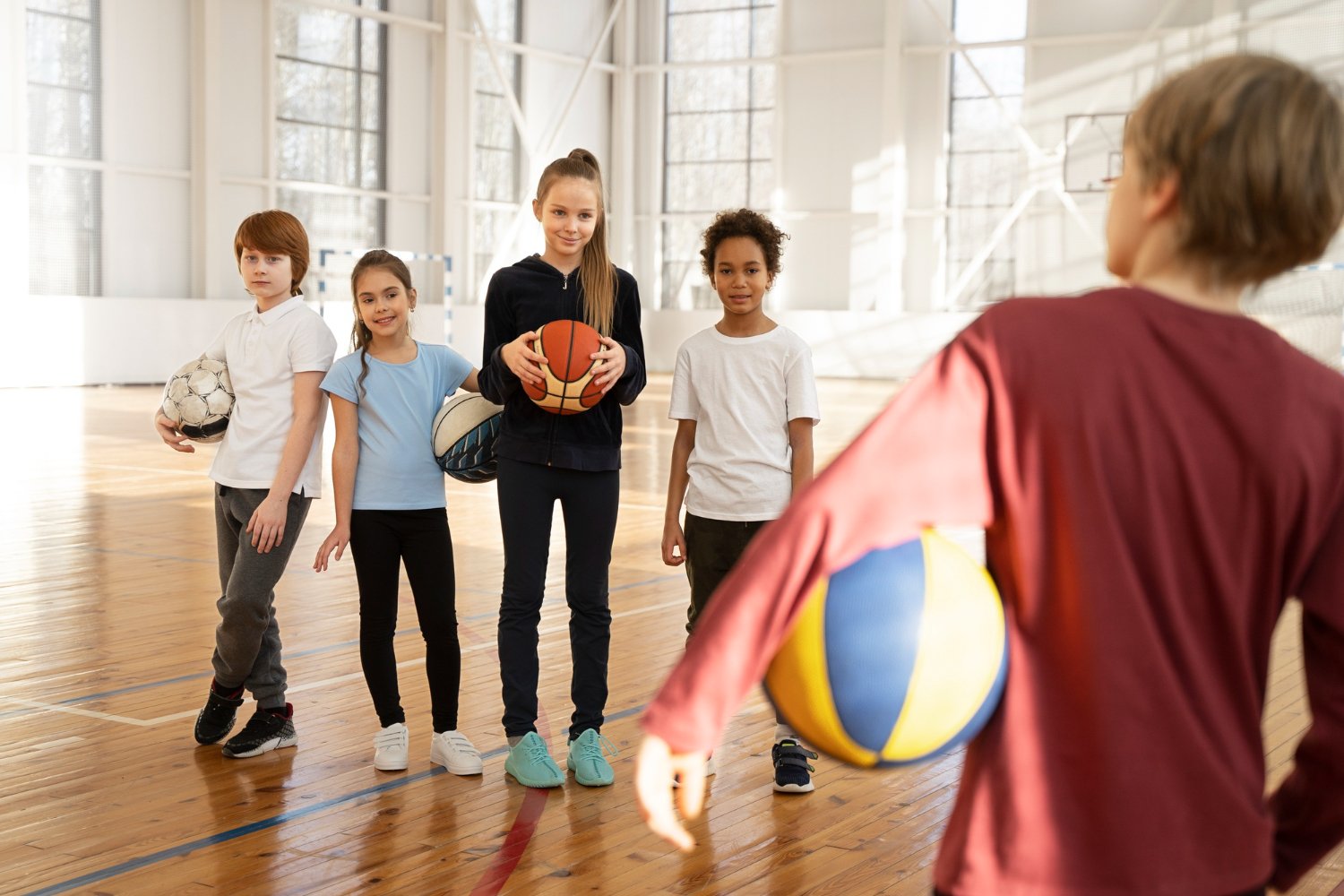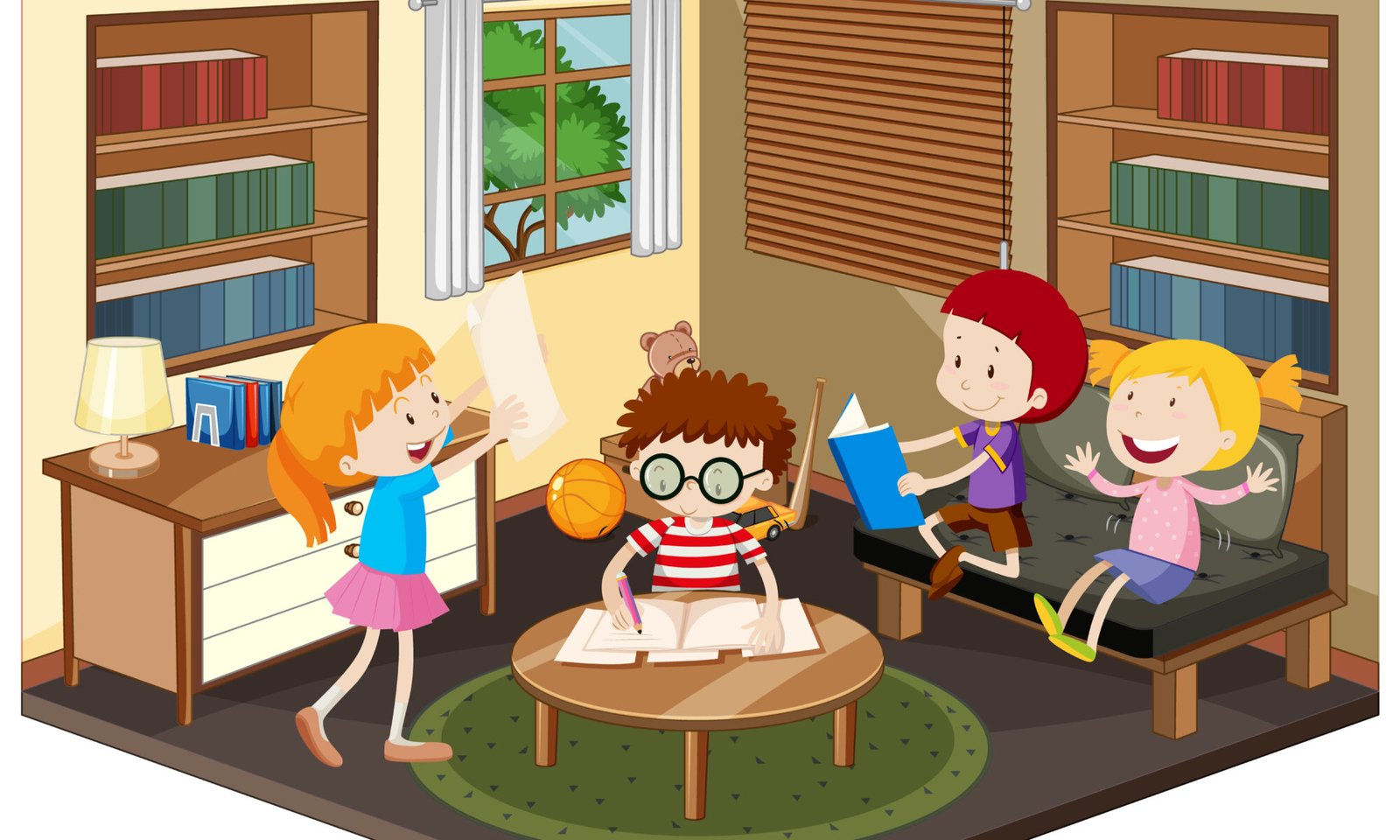Art and craft are powerful tools for children to foster creativity and support their overall development. In addition to being fun activities, they play a huge role in helping children express themselves, boosting imagination and sharpening fine motor skills.
This article offers some fun art and craft ideas that shape children’s imaginative and creative thinking capabilities.
Easy and Fun Art Projects for Kids
Getting kids involved in easy and entertaining art projects encourages creativity and keeps them content. Here are a few simple suggestions:
- Finger painting: For younger children, finger painting is a great way to experiment with colours and textures.
- Paper Collage: Create imaginative designs by cutting and pasting colourful paper shapes.
- Popsicle Stick Crafts: Create miniature houses, animals or frames.
- Handprint Art: Create flowers, birds, or trees out of handprints.
- Rock Painting: Apply paint to tiny stones to create amusing faces or patterns.
- DIY Greeting Cards: Allow children to create cards for holidays or birthdays.
- Toilet Roll Crafts: Make pencil holders, rockets, or animals.
- Salt Dough Creations: Create and paint tiny ornaments by mixing salt dough.
Creative Crafts for Children: Improving Focus and Hand-Eye Coordination
- Bead Stringing: As kids thread beads onto strings to make jewellery or patterns, it enhances their accuracy and focus.
- Origami: Creating shapes out of paper requires careful focus and improves fine motor control.
- Clay Modelling: Using clay to create shapes improves hand-eye coordination and strength.
- Dot Painting: Dot art tools or cotton swabs improve hand-eye coordination and concentration.
- Cut-and-Paste Collages: Organising shapes into designs and cutting them improves spatial awareness and visual tracking.
DIY Art Ideas for Kids: Engaging and Educational Projects
Some DIY crafts that are not only fun but also teach kids concepts like symmetry, colours, and shapes, enhancing their learning experience.
- Alphabet Art Posters: Assist children in learning letters by adorning each with illustrations of objects that begin with that letter.
- Nature Collages: Learn about nature by creating seasonal scenes with twigs, leaves, and flowers.
- Shape Animals: Create animals by cutting out geometric shapes, teaching art and fundamental geometry.
- Colour Wheel Painting: This activity makes learning colour theory enjoyable by combining primary colours to find secondary colours.
- Story Stones: To encourage storytelling and foster imagination, paint stones with figures or objects.
Arts and Crafts for Toddlers: Simple Activities for Early Learning
Easy art activities for younger kids that promote early development and encourage fine motor skills and creativity from an early age.
- Sticker Play: Applying and removing stickers improves hand-eye coordination and fine motor skills.
- Sponge stamping: By dipping shaped sponges in paint, toddlers can develop their creative understanding of patterns and shapes.
- Paper Tearing and Pasting: Paper tearing and pasting promotes creativity and strengthens hands.
- Crayon colouring: It enhances early writing abilities, grip, and colour recognition.
How Do Art and Craft Activities Help in Academic Improvement?
Through the development of critical thinking, focus, and problem-solving abilities, art and craft activities aid in academic progress. These artistic endeavours foster self-expression, enhance memory recall, and develop fine motor skills—all of which are critical for writing.
Additionally, creating art lowers stress, which improves students’ focus and openness to learning and enhances their general academic achievement.
Fun Craft Activities for Kids: Activities That Also Build Social Skills
- Group Collage Projects: Children collaborate to produce a sizable piece of art while developing their ability to share ideas and work as a team.
- Craft Circles: Making crafts while seated in a circle encourages sharing and taking turns.
- Buddy Painting: In order to promote cooperation and compromise, children work in pairs to paint a picture.
- Classroom Mural: A group wall project that fosters creativity and accountability.
- Craft-and-Tell Sessions: Children demonstrate their craft to the group, enhancing their communication and self-esteem.
These enjoyable exercises foster creativity while imparting important social skills like empathy, communication, and teamwork.
Best Art and Craft Supplies for Kids to Get Started
A few basic supplies for arts and crafts that every child should have at home or in school:
- Crayons and markers
- Child-safe scissors
- Glue
- Paints and brushes
- Stickers
- Beads
- Paper
Tips for Parents and Educators: Encouraging Art and Craft at Home and School
Some actionable tips for parents and educators to incorporate creative art and craft activities into children’s daily routine, both at home and in the classroom.
- Create a Dedicated Art Space: Provide a basic, easily accessible space with basic art supplies so that children can freely express their creativity.
- Promote Process Over Perfection: To boost confidence, concentrate on the pleasure of creating rather than the finished product.
- Incorporate Art into Daily Learning: Remind students of language, science, and math concepts through art projects or drawings.
- Celebrate Their Work: To encourage them, put their creations on display at home or in the classroom.
- Join the Fun: To strengthen relationships and set an example of creativity, engage in craft projects with kids.
- Provide a Range of Materials: To encourage curiosity and skill development, present various textures, instruments, and methods.
- Encouragement and Positive Feedback: Regardless of their level of expertise, give them credit for their ideas and efforts.
- Plan Group Projects: Group projects promote cooperation and teamwork.
- Rotate Themes: Match crafts to holidays, seasons, or educational subjects to keep things interesting and engaging.
- Respect Their Creativity: Give kids the freedom to express themselves without excessive supervision or correction.
Conclusion
Children who regularly participate in creative activities succeed academically because they develop their communication, critical thinking, and problem-solving abilities. Additionally, it promotes social development, emotional expression, and confidence, all of which lead to well-rounded development and an overall happier, more fulfilling educational experience.
Frequently Asked Questions (FAQs)
How can Art and Craft Activities Improve a Child’s Learning Abilities?
A child’s learning is improved by art and craft activities because they foster self-expression, problem-solving skills, creativity, fine motor skills, focus, and memory.
What are some Easy and Quick Art Projects for Kids to Do at Home?
Paper plate masks, handprint paintings, sponge stamping, recycled crafts, finger painting, origami, and do-it-yourself greeting cards with basic supplies are all examples of simple art projects for children.
How do DIY Crafts help in a Child’s Academic Development?
DIY projects foster concentration, creativity, and problem-solving skills, all of which contribute to academic growth. Additionally, they enhance spatial awareness and fine motor skills and promote experiential learning in a variety of subject areas.
At What Age Should Children Start doing Arts and Crafts Activities?
Youngsters as young as one or two years old can begin arts and crafts, exploring colours, textures, and creative expression with simple, safe materials.
How can Parents Encourage their Kids to Engage more in Creative Art Activities?
Students can encourage their kids to engage more in creative activities by by giving art supplies, scheduling regular craft time, recognising efforts, getting involved together, and proudly showcasing their child’s artwork at home.

